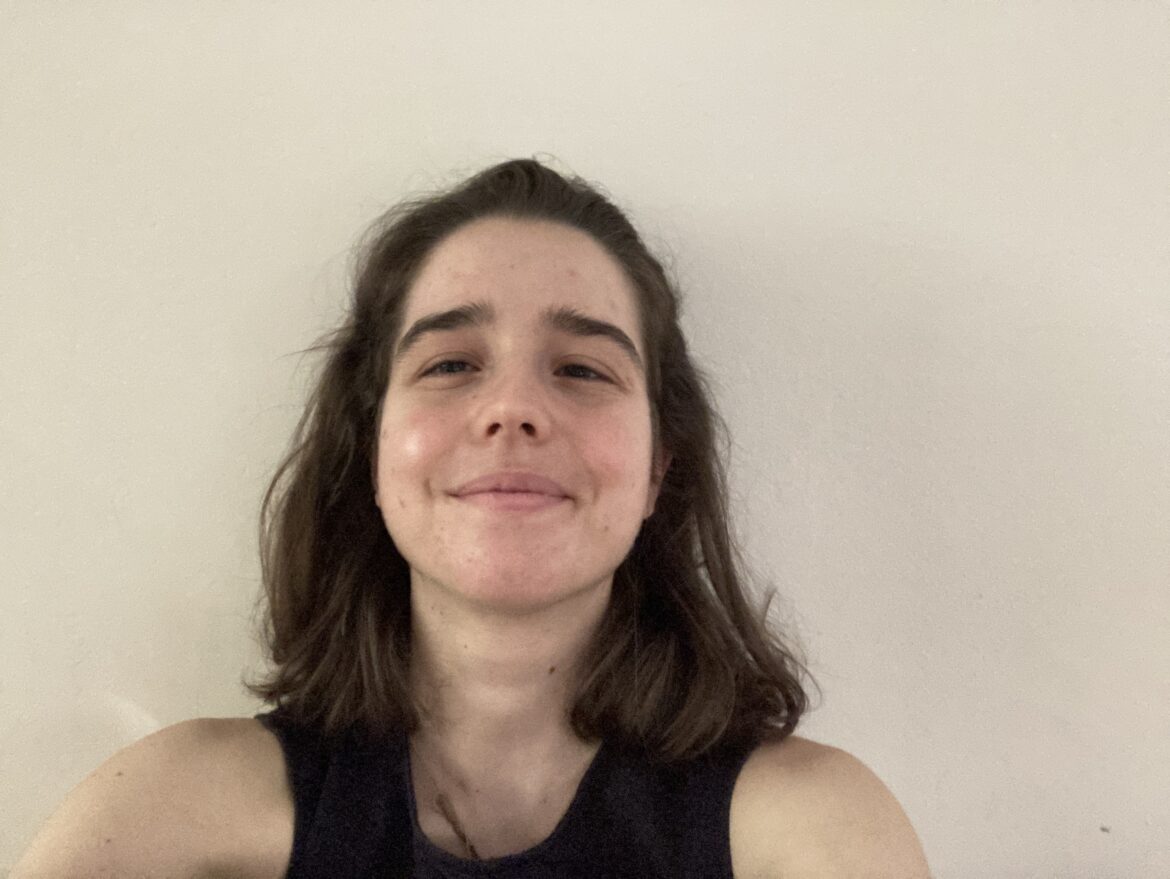
Paula Botella
Artist
Paula Botella (1994), civil engineer specialising in urban planning and territorial development, trained at the Polytechnic University of Madrid and the Bartlett School in London. She has worked in international cooperation with organisations such as UN Habitat and the European Commission.
exposicion
Thinking the city
The call “Pensar la Ciudad” (Thinking the City) called on emerging artists to reflect and dialogue on the contemporary city through their work, offering unique perspectives on their real experiences, research and desires, from a critical awareness. The initiative sought to give voice to visions that offered a new reading of urban landscapes and societies.
We have had an exceptional jury:
asun rodríguez montejano. Comisaria
Elba Benítez. Galería Elba Benítez
Carlos Garaicoa. Artista
Javier Aparicio. Galería El Chico
Paco de Blas. Gestor Cultural
Carlos Alvarez. Editor. Piece with Artist
Silvia Hengstenberg. ART U READY y The Sibarist
El Invernadero
San Lorenzo, 11
She is currently pursuing a PhD at the Faculty of Architecture in Madrid, researching landscape design influenced by everyday femininity. She combines her technical expertise with studies in Fine Art to explore the poetics of spaces and to make visible forms of landscape making that have been historically marginalised. In his book Flesh and Stone, Richard Sennett explores how modernity and urban speed have desensitised city dwellers since the 19th century, generating passive and apathetic bodies. The piece presented, part of a collaborative work between the Universidad Politécnica de Madrid and the Conservatorio Profesional de Danza Carmen Amaya, seeks to counteract this apathy by creating new urban imaginaries that promote interaction with the environment. The resulting video explores the transition from rapid, impersonal mobility to organic, conscious immobility, reflecting how dance and engineering can merge to reimagine the city as a permeable space in contact with its ecosystems.